INSTITUTIONAL TEXT
The Numerical Existence project was chosen for the Programa Oi de Patrocínios Culturais Incentivados 2017 (Oi 2017 Cultural Incentives Program) and is part of our exhibition, beginning in September 2018. The month began with the tragic fire that devastated the National Museum, one of Brazil's greatest heritage sites. The synchronicity of these two events invites us to reflect on the importance of the generation, preservation and dissemination of knowledge.Oi Futuro is a cultural center and also a museum - the Telecommunications Museum holds the largest collection of the sector in the country, and founded has invested in research, development and presentation of artistic works focused on the arts, science and technology. Since its opening in 2015 we have been promoting the convergence of several areas of knowledge with a multiplicity of artistic expression.The Numerical Existence exhibition is curated by Doris Kosminsky, a researcher and professor at UFRJ, and is the result of intense research on the complexity of data visualization and its applications in the universe of the visual arts. In this collection artists from both Brazil and abroad use numbers and statistics in the development of creative systems which measure realities such as the use of urban bicycles, migratory flows and investment in science and technology in Brazil.This is an outstanding project and responds in a unique way to the daily challenges we place upon it: to not only meet the requirements of contemporary art but those of society and its citizens as well.
Welcome!
Roberto Guimarães
Executive Cultural Manager of Oi Futuro
From creators of this exhibition
The artistic practice of data visualization includes several important points concerning the reflection and discussion of contemporary society, such as subjectivity, vigilance and the very notion of truth. In the field of art, these issues can be approached in more intuitive or speculative ways as opposed to other applied data visualization practices. Regardless of the context, this field of knowledge continues to be rarely discussed and disseminated in Brazil. Our intention with the Numerical Existence exhibition is to introduce the theme and facilitate these relevant discussions.
Barbara Castro e Luiz Ludwig
Creators of the exhibition
Texto curatorial
Art is related to the materials and technologies of its time and to its as socio-political momentum as well. It is no wonder the impressionist painters achieved their fame due to the tubes of paint that allowed them to paint outside and catch inspiration from the natural light. Similarly, pop art relied on consumer society icons, such as movie stars and soup cans. In recent decades computers and massive digitization have provided artists with a new type of raw material, numerical in nature. Data has been used as a theme and as structural material for the creation of works of art.Our age is the age of information, of data flowing at breakneck speed. Digital paths obtained from access to social media and sales sites are analyzed in ways that both reveal our innermost desires and influence future decisions. We live in an age where in a few seconds algorithms make decisions that can impact the lives of thousands of people. And though one might prefer to believe otherwise, algorithms and numbers are not neutral artifacts. They are both created and used by humans and as such are fallible and tendentious.For a long time the world has long been represented in visible forms only, but a new perception is now available based on data visualization, making visible the invisible. Data shapes the texture of our daily lives and its visualization can lead us to new interpretations and attitudes. It is time to listen to the numbers as we outline the strategies needed to navigate in today’s tsunami of data. It is time to transcend the utilitarian aspect of representation and transubstantiate data into poetics.







